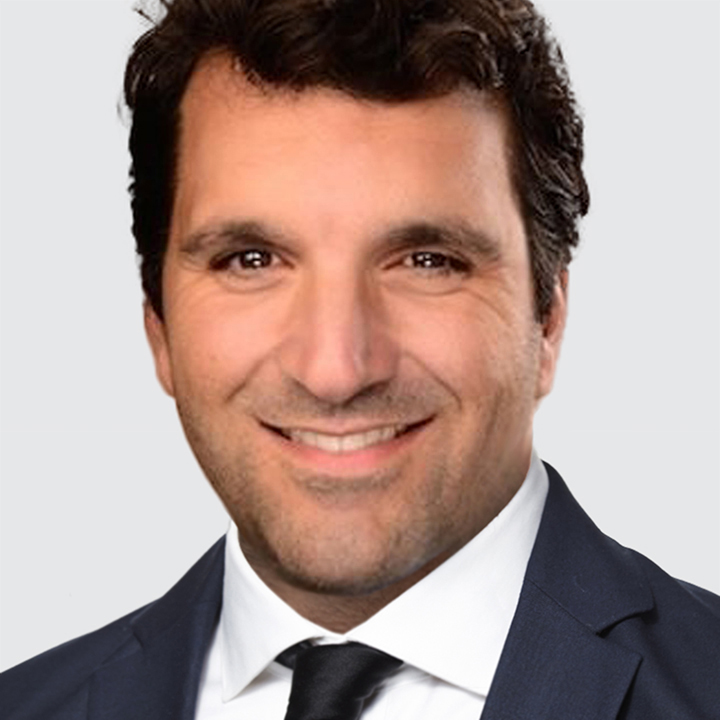Return to Sender
US
USD and Treasury yields jumped yesterday after non-farm payroll gains overshot expectations. Fed funds futures shifted higher to essentially rule-out odds of a July rate cut after pricing in a 25% chance. However, the USD rally faded quickly and was entirely unwound. US stock and bond markets are closed today for Independence Day.
The US June non-farm payrolls report surprised to the upside, confirming the Fed’s wait and see approach. Total nonfarm payroll employment increased by 147k in June (consensus: 106k) vs. 144k in May, in line with the average monthly gain of 146k over the past 12 months. Moreover, the unemployment rate unexpectedly dipped to a five-month low at 4.1% (consensus: 4.3%) vs. 4.2% in May and tracking below the Fed’s 2025 projection of 4.5%.
The details show some labor market frailty. First, the non-farm payroll gain in June was driven by an 80k increase in state and local government jobs (largely education). Second, the increase in private sector payrolls (actual: 74k vs. consensus: 100k) stemmed mainly from a 59k increase in the noncyclical private education and health services sectors. Third, the decline in the unemployment rate is partly the result of a lower labor force participation rate. Fourth, average hourly earnings growth eased to 3.7% y/y (consensus: 3.8%) (lowest since May 2021) vs. 3.8% in May suggesting slack is building in the labor market.
Meanwhile, leading indicators point to a weaker job market. In June, the employment subindex of the ISM manufacturing and services reports both dropped to a three-month low below the 50 boom/bust threshold at 45.0 and 47.2, respectively.
Nevertheless, the resilient US economic backdrop gives the Fed time to study the effects of tariff increases on prices and growth before resuming interest-rate reductions. President Donald Trump plans to send “10 or 12” letters today with additional letters coming “over the next few days” to trading partners setting unilateral tariff rates effective August 1. Trump added “They’ll range in value from maybe 60 or 70% tariffs to 10 and 20% tariffs.”
The overall US average effective tariff rate through June 16 is estimated at 15.8% (up 12.7% year-to-date), the highest since 1936. The rate is now set to rise further by August. Bottom line: US protectionist trade policy is a downside risks to growth and upside risk to inflation, which poses an ongoing headwind for USD.
US Treasury Secretary Scott Bessent doubled down yesterday on his criticism of the FOMC. Bessent said “The committee seems to be a little off here in their judgment,” adding “We are at very high real rates here…But again, it’s their decision, and I just think if they don’t cut, then perhaps the cut in September will be bigger.” Fed funds futures disagree and price-in 80% probability of a 25bps rate cut in September and a total of 50bps of easing by year-end.
President Donald Trump got his ‘Big, Beautiful Bill’ across the finish line and plans to sign it today. The nonpartisan Congressional Budget Office (CBO) projects the legislation will add $3.4 trillion to US deficits over the next decade. The debt-to-GDP ratio is projected to rise from 97.8% to a record above 125% - exceeding the CBO’s January baseline forecast of 117.1%.
Investors remain largely unfazed by the ballooning US fiscal imbalance. The premium investors require for holding 10-year Treasuries (the term premium) eased to 0.6% on June 30 from a multi-year high of 0.9% in May.
JAPAN
USD/JPY is holding under key resistance at 145.00. Japan's largest labor union group, Rengo, secured a 5.25% average pay gain for 2025. That’s the highest level since 1991 and follows an average increase of 5.10% in 2024 and 3.58% in 2023. Still, the pay hike was more modest than the preliminary 5.46% reported in March and below the 6.09% increase members had sought.
Bottom line: the Bank of Japan will not be rushing to resume raising rates, limiting JPY upside. The swaps market is pricing-in 60% odds of a 25bps rate hike by year-end and a total of 50bps of tightening to 1.00% over the next three years.
EUROZONE
EUR/USD recovered to 1.1785 after testing an intra-day low around 1.1720 yesterday. The ECB Account of its June 5 policy meeting confirm that the ECB is getting to the end of the easing cycle. According to the Account, “a few members saw a case for keeping interest rates at their current levels” pointing out that “domestic inflation remained high and there might be new upward pressure on underlying inflation over the medium term – from both tariffs and fiscal policy.”
There was no indication that ECB policymakers are concerned about the appreciation of the euro. The Account highlighted that “The growing attractiveness of euro-denominated assets across market segments had been reflected in recent exchange rate developments.” The Account also noted that the high level of the use of the euro as an invoicing currency limited the impact of the exchange rate on inflation. Bottom line: EUR/USD has room to edge higher.

